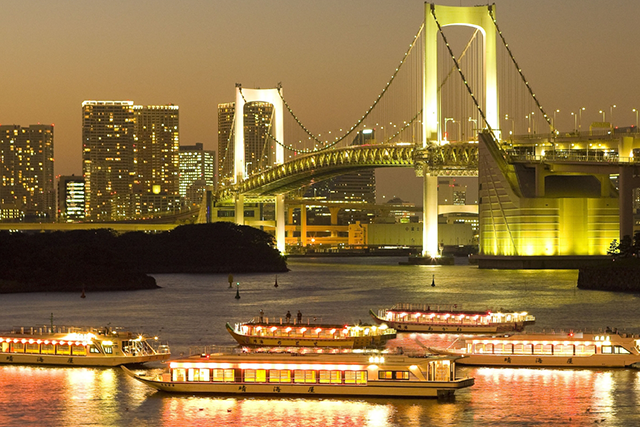Fukiya Furusato Village
A nostalgic cityscape with uniform sekishu-gawara roof tiles and bengara color
Once a flourishing mining town during the Edo (1603–1868) to Meiji (1868–1912) periods, this village was famous as a major producer of vivid red “bengara” color pigment made from oxidized iron. The village is designated as an Important Preservation District for Groups of Traditional Buildings, and the uniform red copper sekishu-gawara roof tiles and bengara buildings are part of the cultural heritage left by Fukiya's elders. The workshop plans for making handkerchiefs or bags using the bengara pigments are popular.
Once a flourishing mining town during the Edo (1603–1868) to Meiji (1868–1912) periods, this village was famous as a major producer of vivid red “bengara” color pigment made from oxidized iron. The village is designated as an Important Preservation District for Groups of Traditional Buildings, and the uniform red copper sekishu-gawara roof tiles and bengara buildings are part of the cultural heritage left by Fukiya's elders. The workshop plans for making handkerchiefs or bags using the bengara pigments are popular.
View scenic routes that include this spot
CITYSCAPE FROM THE SKY
More Information about Fukiya Furusato Village
Street address
- Fukiya, Nariwa-cho, Takahashi City, Okayama Prefecture
Access
- Around 55 minutes by bus from JR Bitchu-Takahashi Station. Disembark at Fukiya Bus-tei.
Opening Hours
- Varies depending on the facility
Closed
- Varies depending on the facility
Best season
- Apr., May, Jun., Jul., Aug., Sep., Oct., Nov.
Point
- At the Fukiya Information Center Shimomachi Flat, you can experience bengara dying and mud dying. Workshops take at least 15 minutes. You can take what you make home with you the same day. The Fukiya Lantern Festival is held during late October.
update: Sep.3.2024
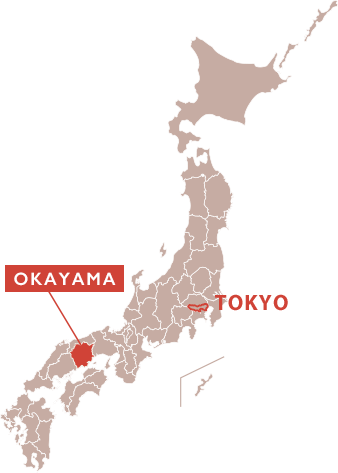
Spots around
-

Miyashita Sake Brewery
Craft brewery Doppo Kan -

Mt. Washuzan Observatory (Great Seto Bridge)
-

Okayama Momotaro Airport
-

Hop around "Okayama, the City of Fruit Parfaits"
-

Traditional Boat Tour of Kurashiki Canal
-

Koyagawa Bikan Historical Quarter
-

Betty Smith Jeans Museum & Village
-

Ohashi House
-

Inujima
-

Bitchu Matsuyama Castle
-

Yubara Onsen
-

Ohara Museum of Art
-

Kurashiki Bikan Historical Quarter
-

Momotaro Karakuri Museum
-

Kibitsu-jinja Shrine
-

Okayama Korakuen Garden and Okayama Castle
-

Bizen Yaki Dento Sangyo Kaikan
-

Walking in Okayama City (Okayama Gourmet Hopping)
-

Kojima Jeans Street
-

Kasaoka Islands
-

Kibiji Cycling Course
-

Bizen Osafune Japanese Sword Museum
-

Tsuyama Castle (Kakuzan Park)
-

Asahi River Sakura Road
-

Raikyu-ji Garden

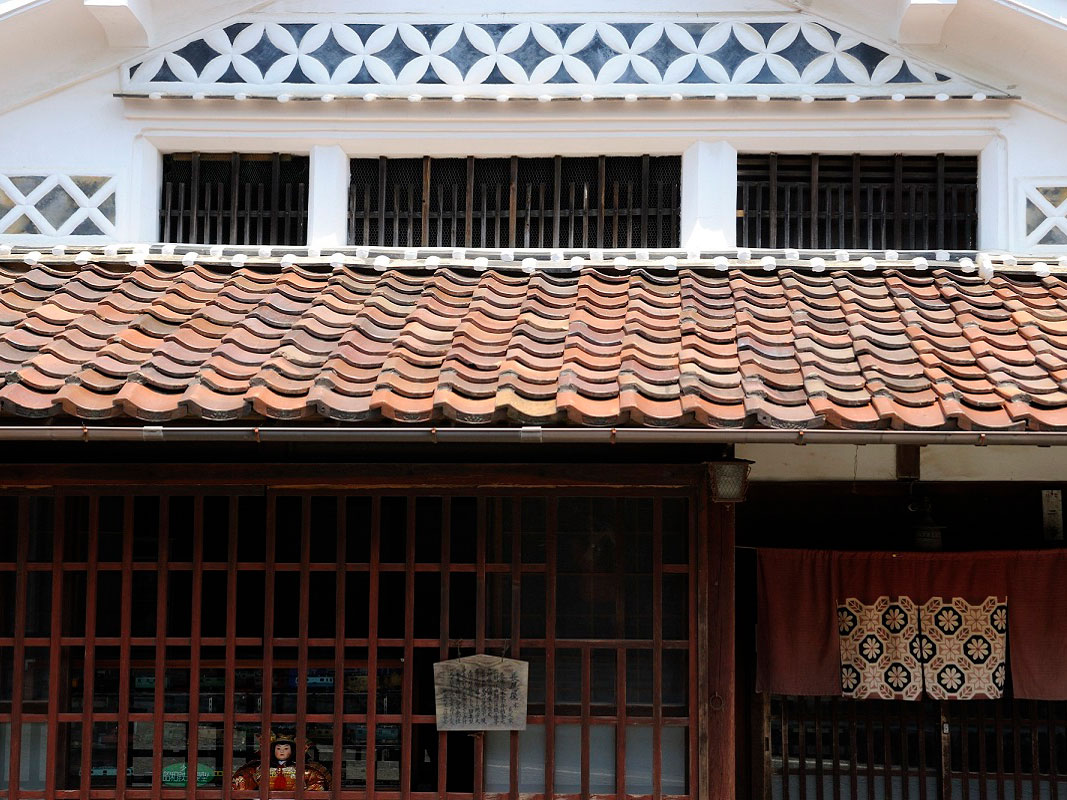
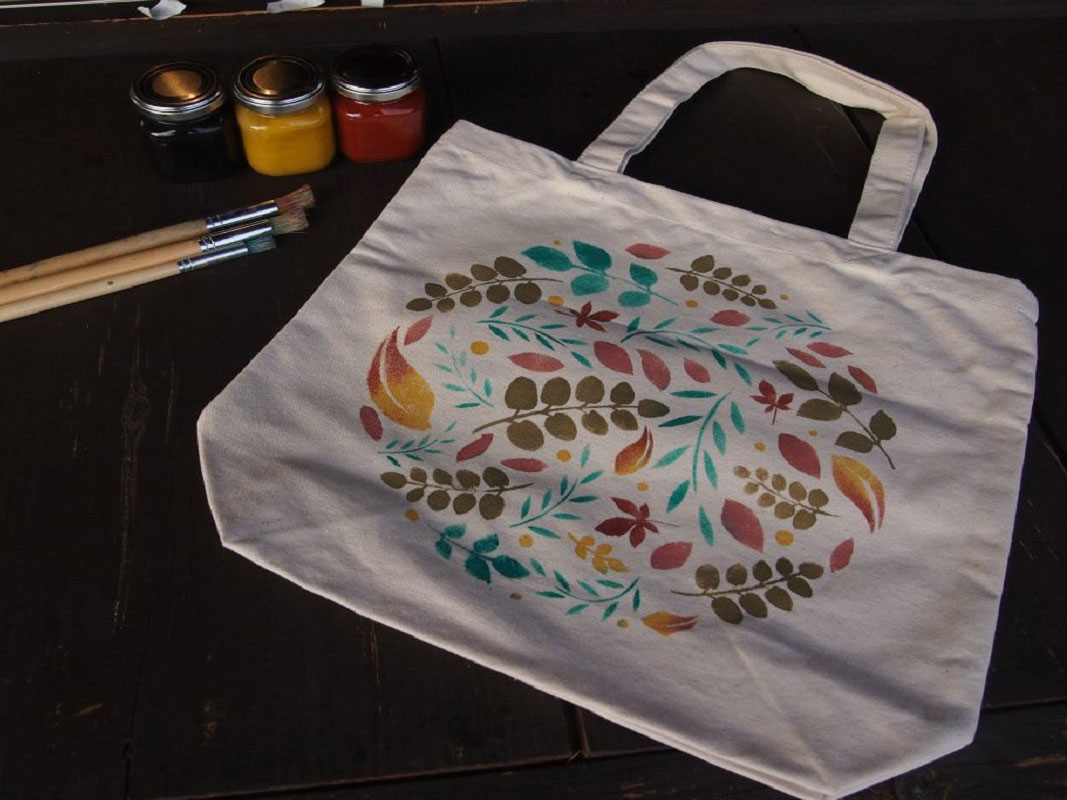
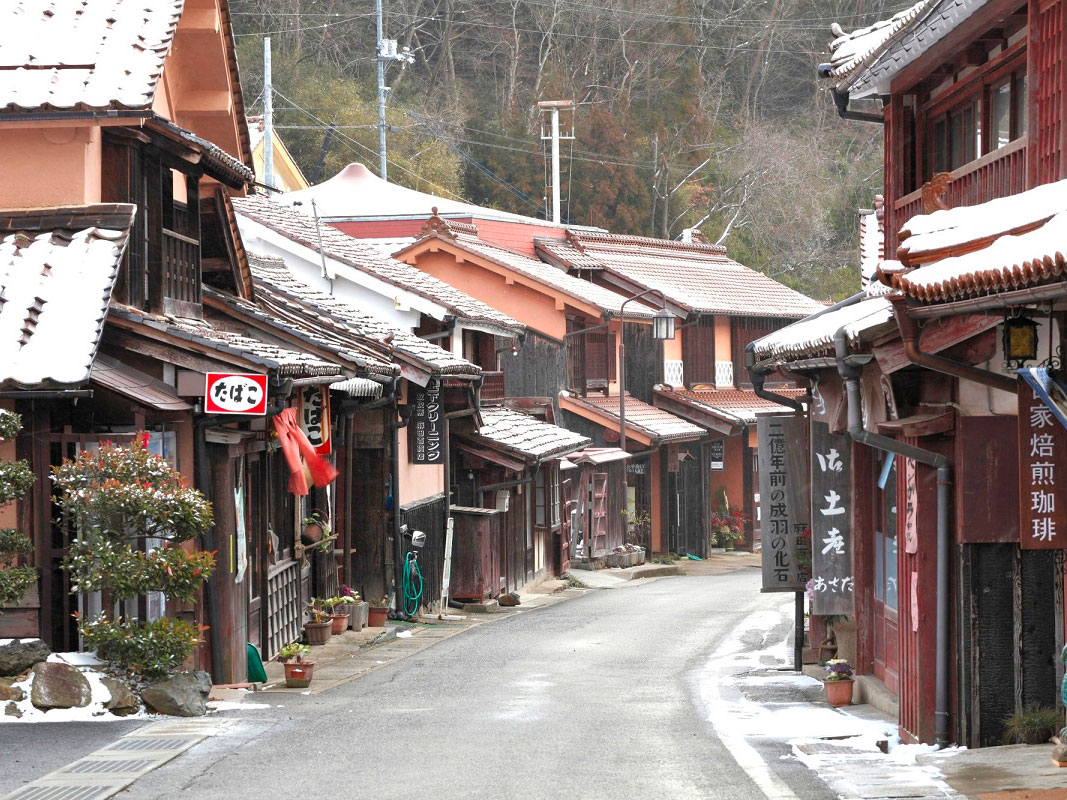




 About OKAYAMA
About OKAYAMA 